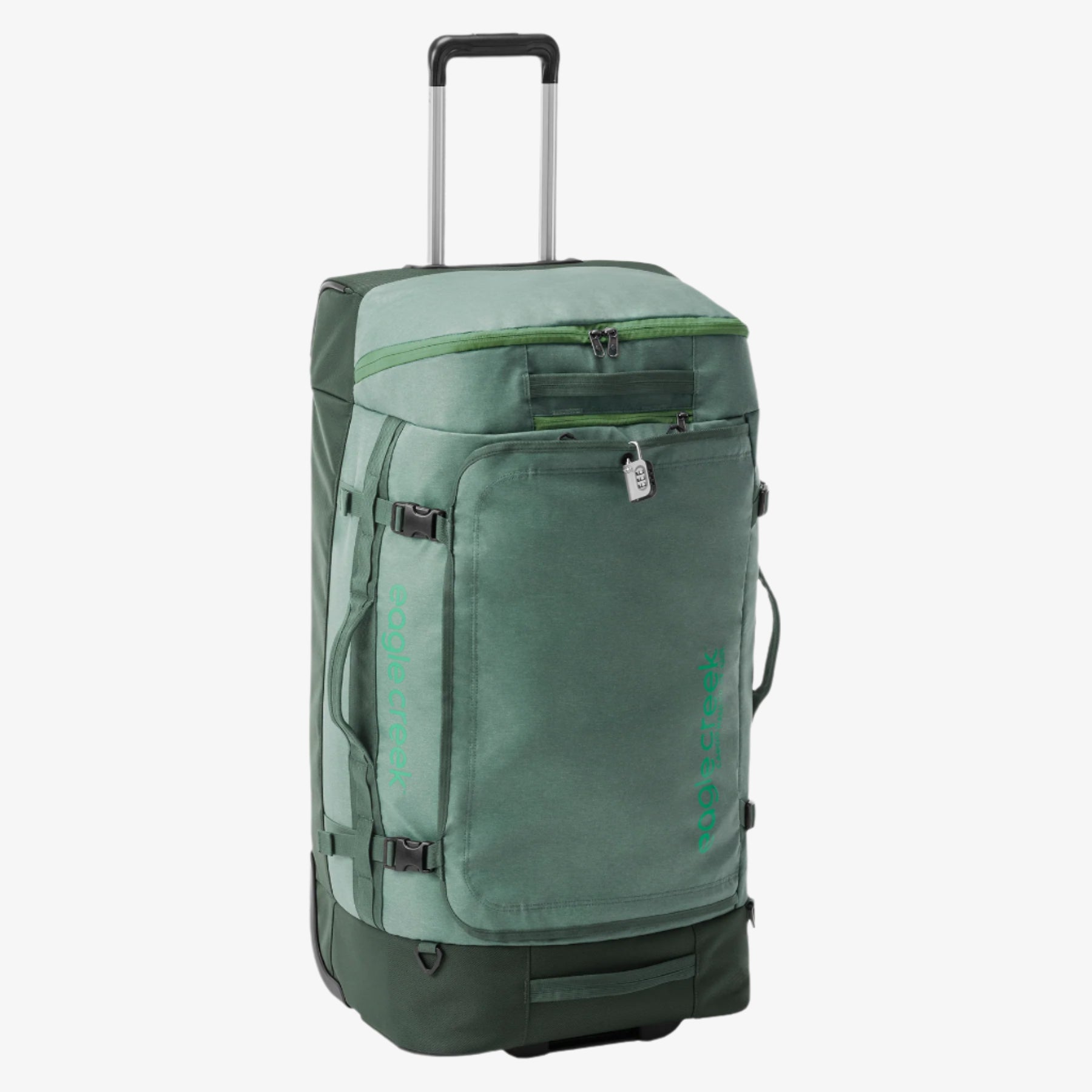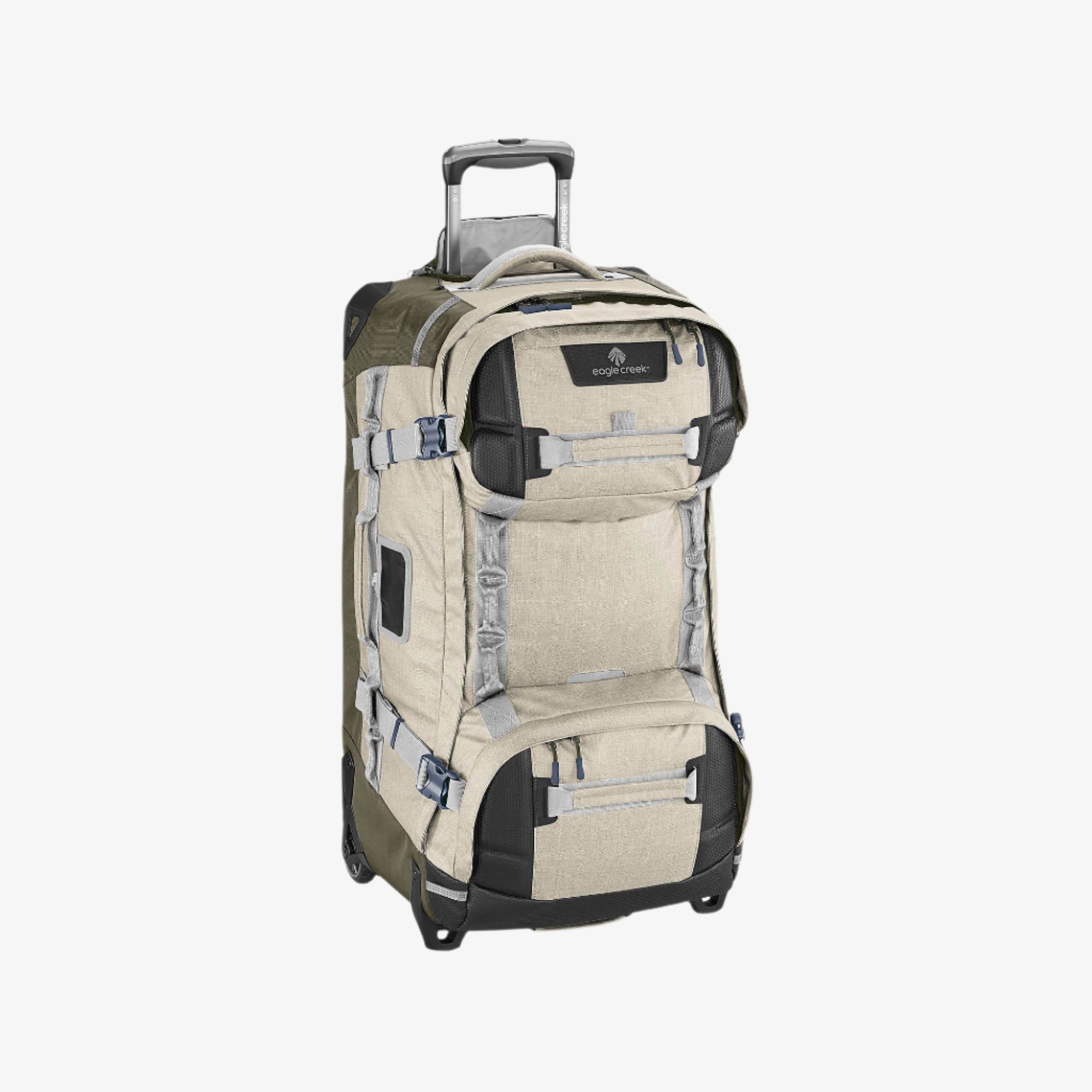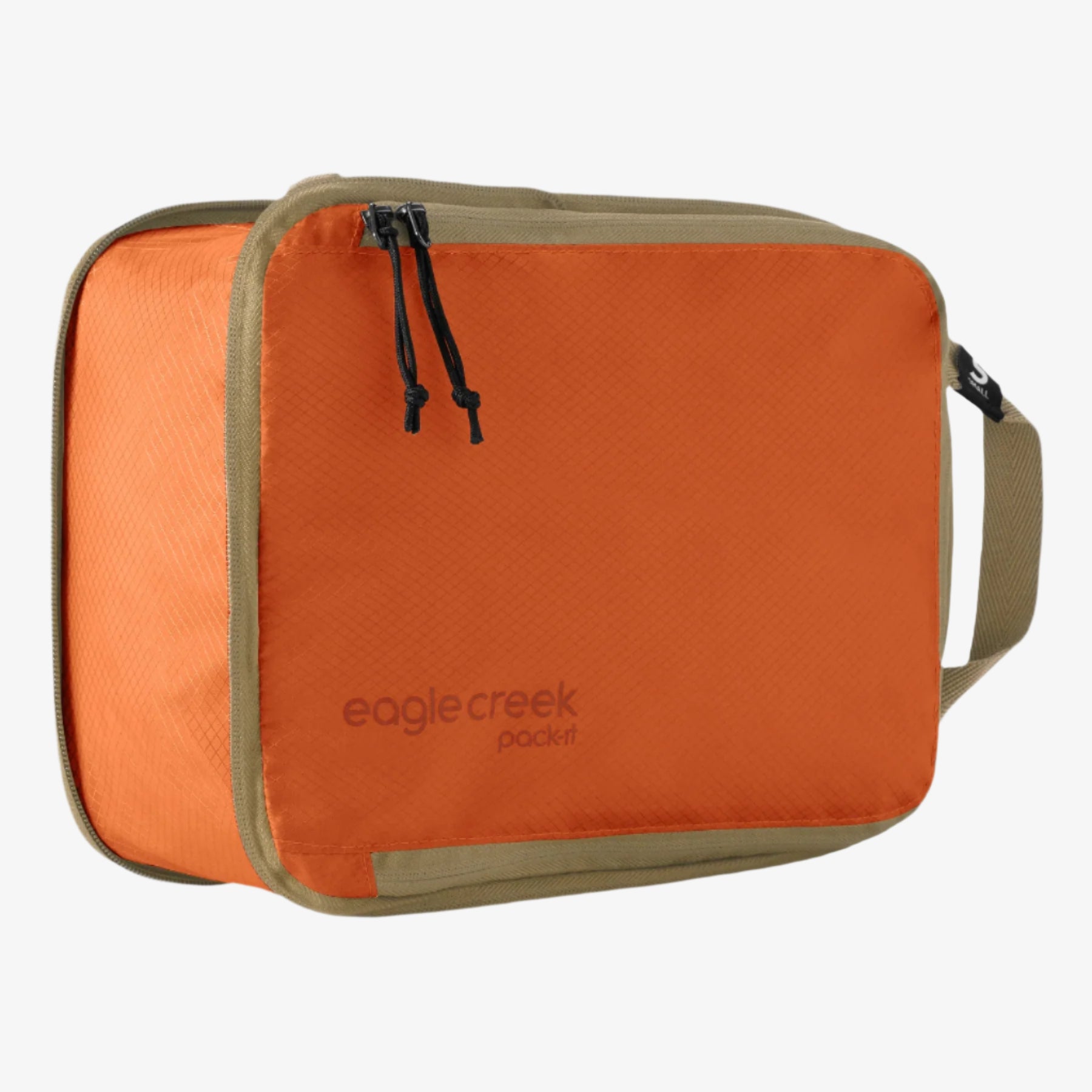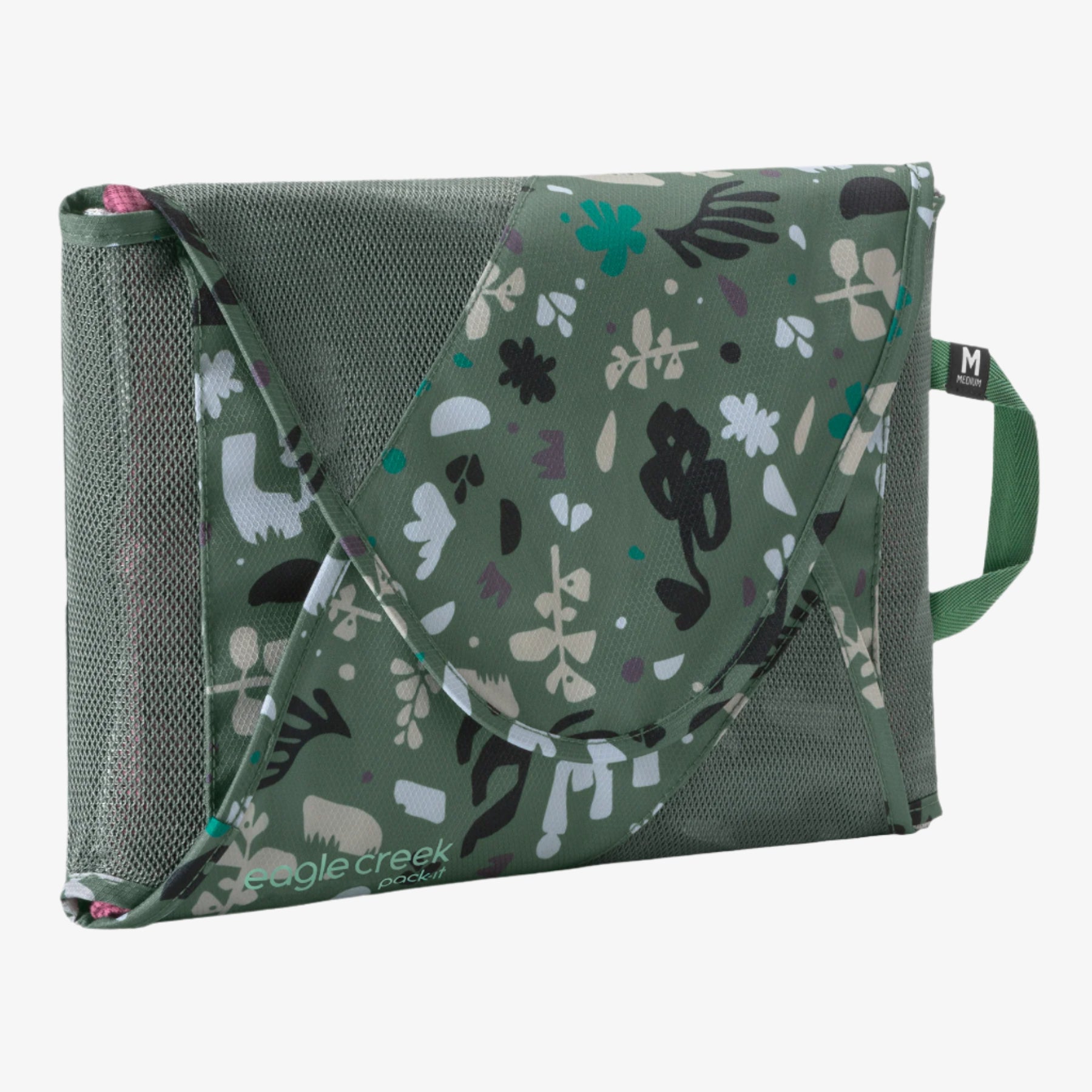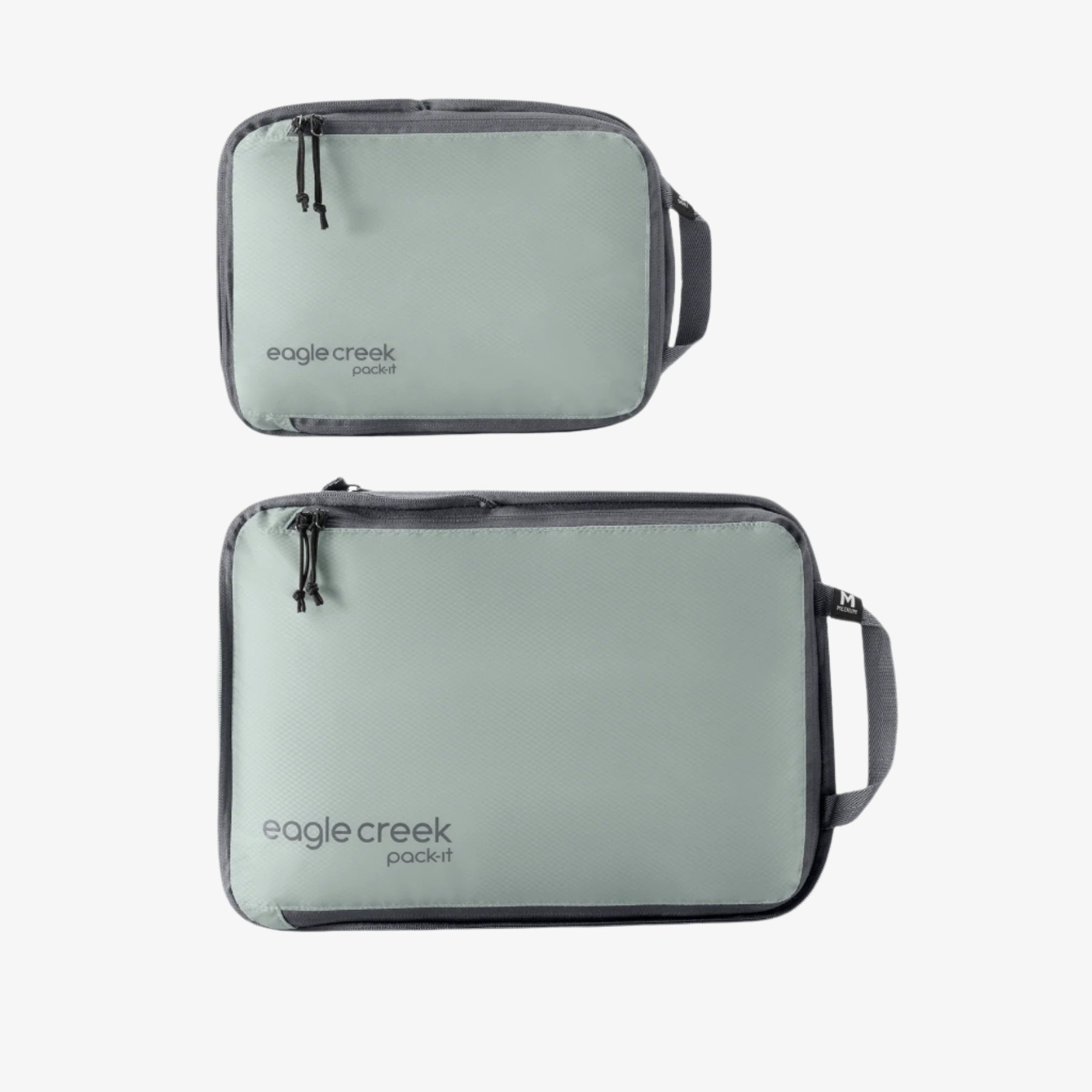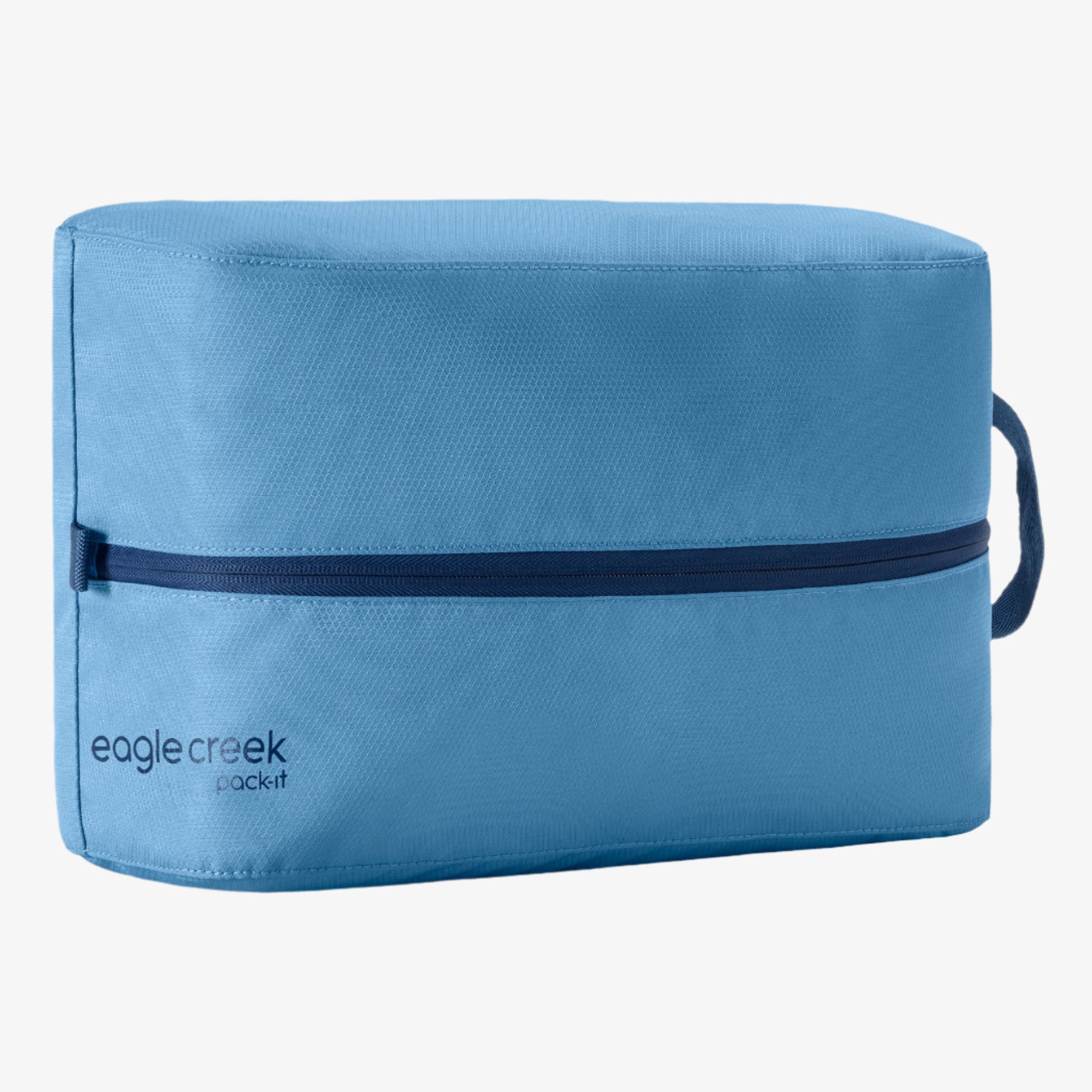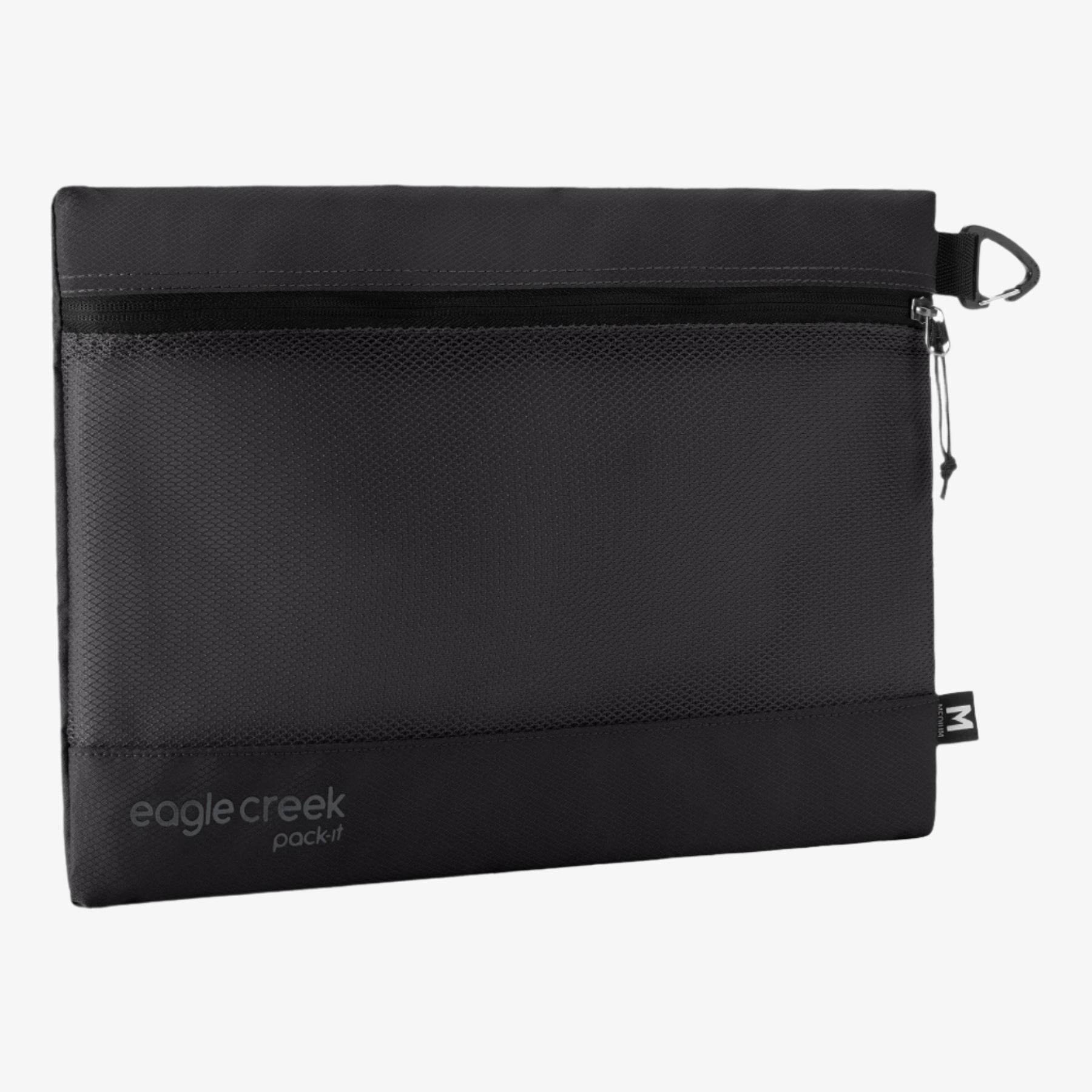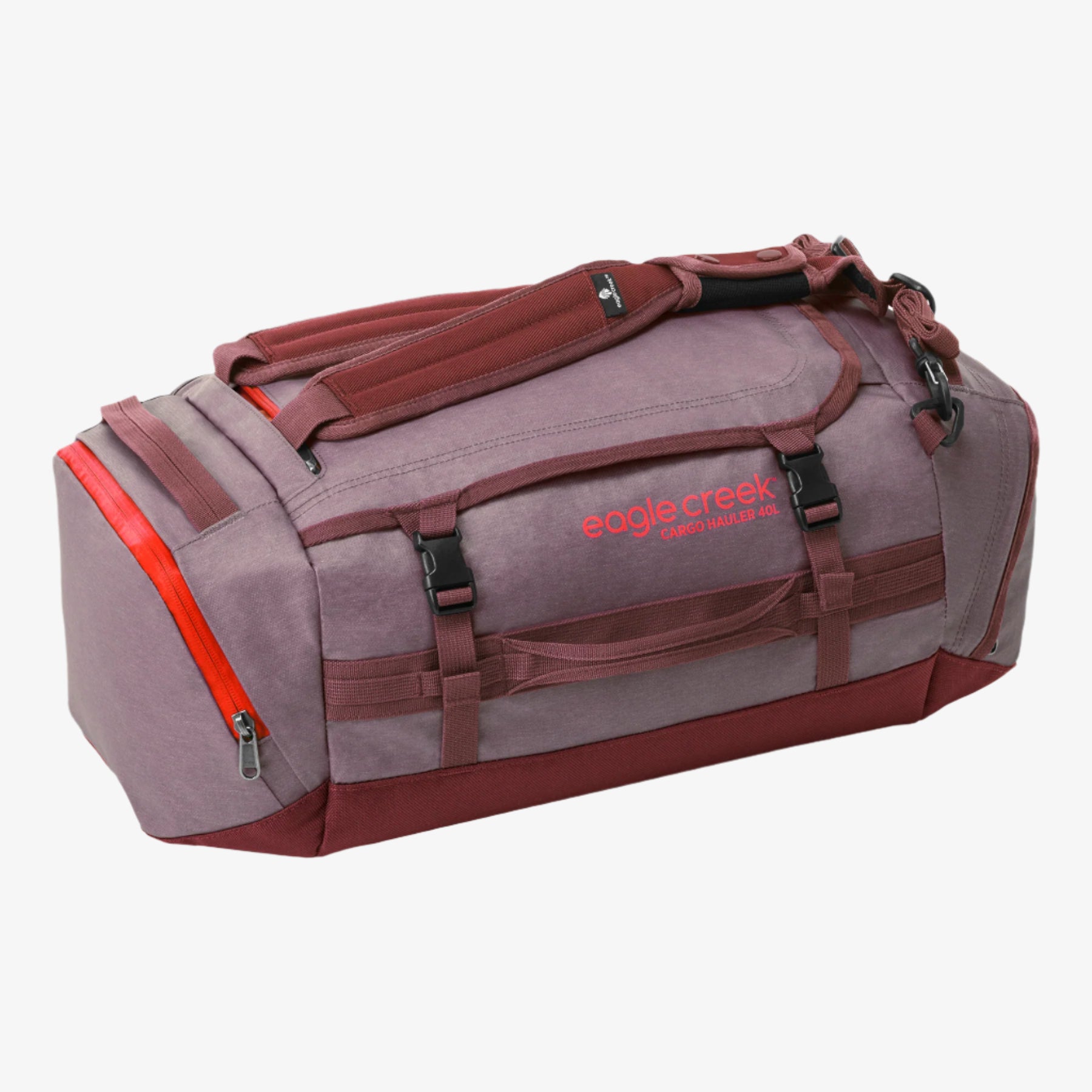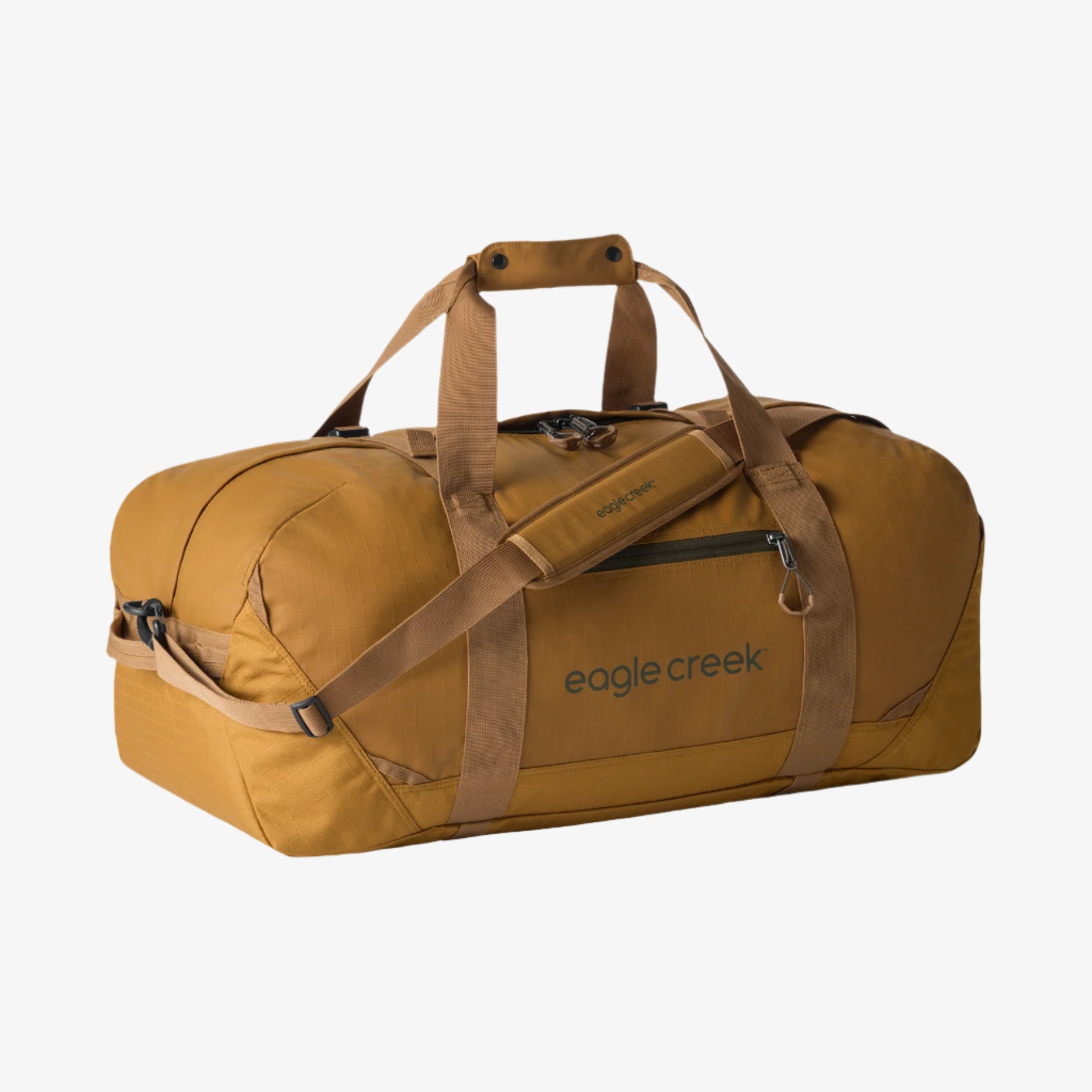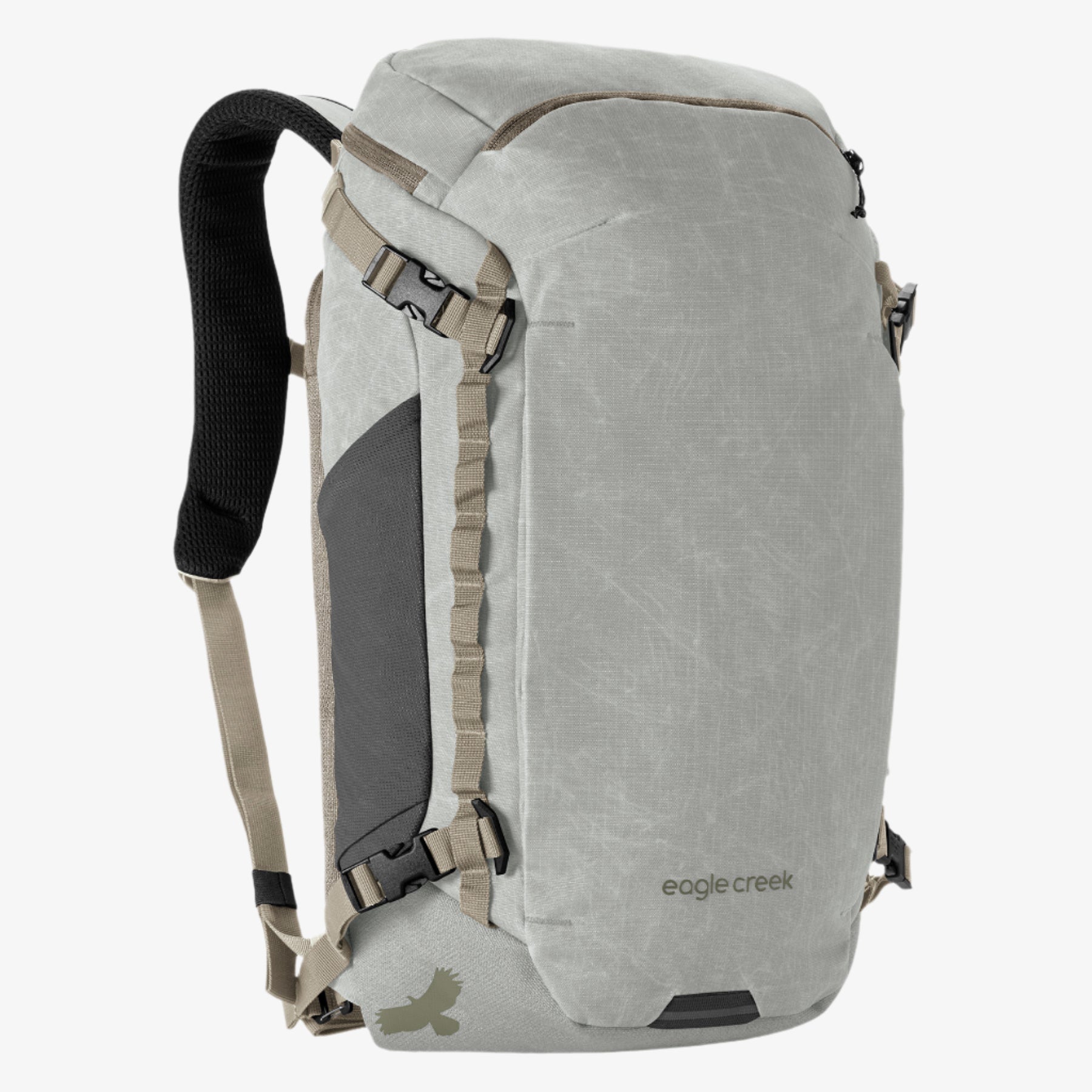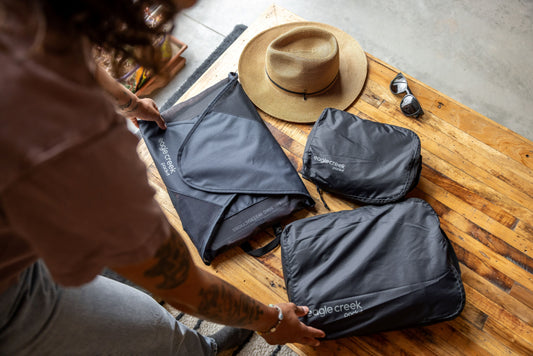4 Tips to Prevent Frostbite This Winter

Ready for the thrill and chill of winter sports? Not so fast—read this before you head out to stay protected from frostbite.
If you’re an adventure junkie who loves adrenaline-pumping sports, chances are you’re looking forward to the winter season. While partaking in sports like skiing, snowboarding, or hiking is the perfect way to enjoy winter, there are some risks involved. If you’re not careful about protecting yourself from the elements, you could risk getting frostbite. Here’s what you need to know to prevent it and enjoy your time outdoors this winter.
Adjust to the Climate.
Before you head outside for an all-day excursion in a frigid area, it’s important to give yourself time to adjust to the new temperature. Start by spending a few hours at a time outside and increase the length of time as you become acclimated. If you don’t have that much time to ease into it, make sure to build indoor breaks into whatever route you’re planning to take, so you can give your body a rest from the cold.
Stay Hydrated.
Don’t be fooled by thinking that you can get dehydrated only in the heat of the summer. Dehydration can occur in the winter as well, because the air is so dry. And when you’re dehydrated, your body loses moisture, which can cause excess stress and possibly lead to frostbite. You won’t get dehydrated by simply sitting outside in the cold, but if you’re active, be sure to keep a water bottle in your pack and drink water before, during, and after exercising. It’s also important to save the cocktails for the end of the day; alcohol can dehydrate you and mask how cold your body really is.
Layer Up.
One of the most important things to do to prevent frostbite is to layer up anytime you plan to be outside for long periods of time. Use a Pack-It™ Compression Sac to fit bulky items in your bag for a winter trip. In it, include two pairs of gloves (one thinner pair to wear underneath an insulated, waterproof pair), a hat or face mask, a scarf, thermal underwear, and a few pairs of thick, wool socks to protect your feet. This next tip might sound counterintuitive, but it's key: Make sure that you wear a few layers of loose-fitting clothing rather than tighter options—looser clothes leave space for air between them, and the air acts as insulation against the cold. For added warmth, wear mittens over gloves made with moisture-wicking materials to keep your fingers (a prime target for frostbite) extra toasty.
Know the Signs.
When you have frostbite, your skin will feel numb and prickly, and maybe pale, bluish-white, gray-ish yellow, or red in color. If you think that you might be experiencing frostbite, get indoors as quickly as possible and change out of any wet clothing. If you’re not near shelter, keep moving to get your blood flowing and help you stay warm until you can get inside. Once indoors, gently thaw the affected area in warm (not hot) water for 15 to 30 minutes. Your skin may feel a tingling or burning sensation as it warms up, which is usually a sign that normal blood flow is returning. If you think that you might be suffering from frostbite or something worse, like hypothermia, contact your doctor immediately.
Do you have any other tips for staying warm and safe during your winter adventures? Share your thoughts in the comments below!
While Eagle Creek is here to provide tips and insights on travel, we cannot accept any responsibility for any potential consequences arising from the use of this information. Always conduct your own research and use your best judgment.
Related Links (from Eagle Creek blog):
Solo Travel Survival: Your First 24 Hours on Your Own
